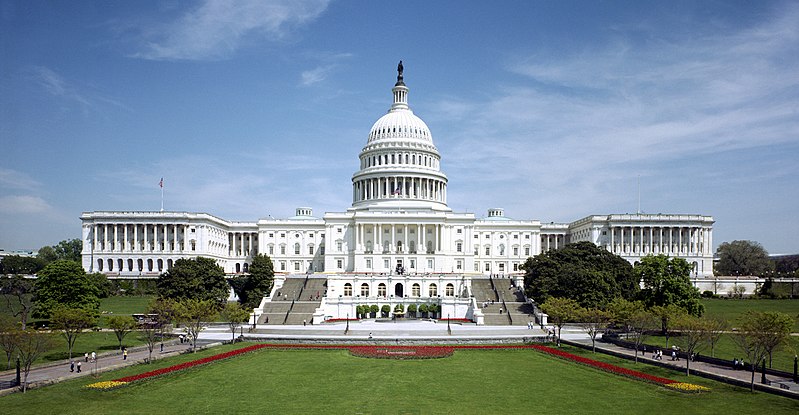What are the underlying foundations of the United States government? What are the functions of the executive, legislative, and judicial branches of our government and how do they work with each other? Who are the 8 chief justices currently in the United States Supreme Court? What are the demographics of our Senate and the House of Representatives?
Today, we are excited to announce the latest Tuva Collection on the US Government for Tuva Premium subscribers. The US Government collection enables students to learn and critically think about the different aspects of the federal government through the lens of data.

Some of the current datasets and activities in the US Government collection include:
- The demographics of the Senate and House of Representatives
- Past presidents of the United States
- Executive orders and vetoes by past presidents
- The Electoral College and past election results
These datasets and activities are just a start. Over the coming months, we will continue to curate and publish new datasets and activities that you can use in your math, social studies, english, and other classes to explore various aspects of the US government with your students.
We are just over a month into the new administration in the White House. The US Government collection is a fantastic way to meaningfully engage our students in important civics issues through the lens of data.


